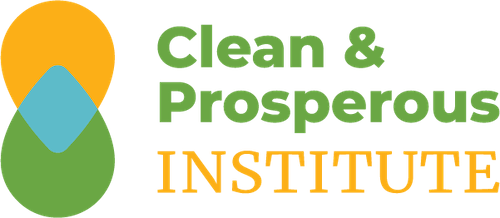Analysis: Cost and Rate Impact of 100% Clean Energy
This Clean & Prosperous Institute (CaPI) analysis examines the rate impacts of eliminating coal power, achieving an 80% clean energy standard by the year 2030, and a 100% clean energy standard by the year 2045. CaPI relies on a variety of sources, and deploys its own utility-specific model.
I. Background
The Washington State Legislature is considering Senate Bill 5116 and House Bill 1126 to target a 100% Clean, or greenhouse gas (GHG) emissions-free, electric sector by mid-century. Under the proposals all electric utilities are to plan for supplying retail electric customers with power exclusively from renewable resources or other nonemitting generating resources such as nuclear power, by the year 2045. In addition, all electric utilities are to phase coal-fired electricity out of rates by the end of 2025, and meet a minimum 80% GHG-free resource portfolio while mitigating any remaining fossil fuel emissions by 2030, or face penalties.

